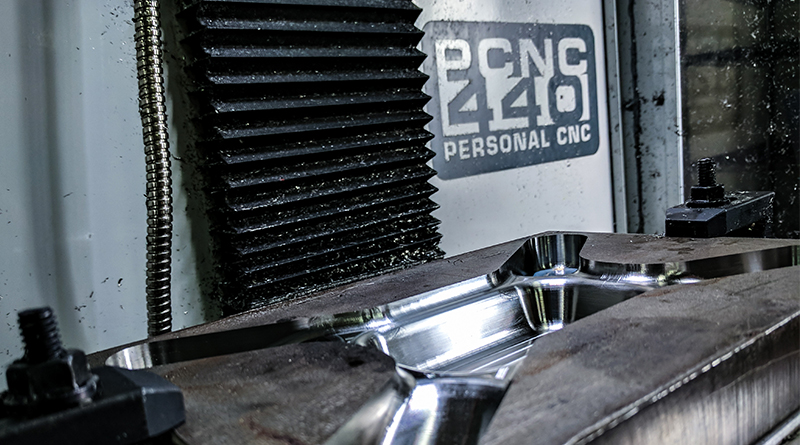One of the murkiest (and most interesting) topics in the world of CNC is tool and moldmaking. Moldmakers have been around for a very long time (longer than CNC), and there is a mystery and art to the craft.
If you’re unfamiliar with moldmaking, you might ask yourself, “If you’re using CNC, how much craft can there really be?”
While a lot of manufacturing has started to lean toward artisan, low-production runs, the world of manufacturing as a whole is still heavily based in the realm of high-quantity, fast production. This is where molds come into play, but the molds themselves, while used for mass production, are often quite artisan themselves. Many molds are produced in very low quantities, or even one-offs.
Moldmaking requires design and precision on a number of levels. Obviously, you want the cavity (the area that will form your part) to be accurate, but it can be argued that proper venting (a design feature that allows air to escape while the mold fills), runner balance (the channels which your material flows to fill the mold), and flow (how the part material fills the mold) are just as, if not more, important than the cavity itself – depending on your part and industry, of course.
While CNC machining contributes to the accuracy of your cavity, it can also play a vital role in other important features.
Surface finish within a mold often needs to be seriously considered. Different materials, different industries, and even different features require specific surface finishes. Often, molds require hand-finishing, but the right CNC tools can get you closer to a desired finish, which means less time and effort doing work by hand.
Tools like bull-nosed end mills have a radius on the corners to help give contoured surfaces and tight crevices a smoother finish. Surface finish is important to consider because your part material can get caught in these areas while a mold is filling, these areas might be hard to fill, and/or these areas may present a challenge during release when your part is cured.
When you’re working with contoured and 3D-shaped elements, a ball end mill or ball cutter is also a useful tool to have at your disposal. As is an insert cutter, since they quite good at removing a lot of material.
Moldmaking can be challenging because, like so many things in machining, you have to consider a lot of different factors. Before you set out to design a mold make sure you consider:
- Your final part material – the material you’re putting into the mold
- The process that your part material requires for both curing and release
- How your material is expected to move through a mold – design to optimize flow, balance, flashing, and venting without compromising your part design
- Understand the flow within your mold and the surface finish you want on your final part – these will both be heavily influenced by the surface finish of your mold
There is a lot more to take into account, but much of that can and will come with experience. Try making a mold on your machine and experiment with different materials, alignment processes, and designs to learn more about the whole process.


